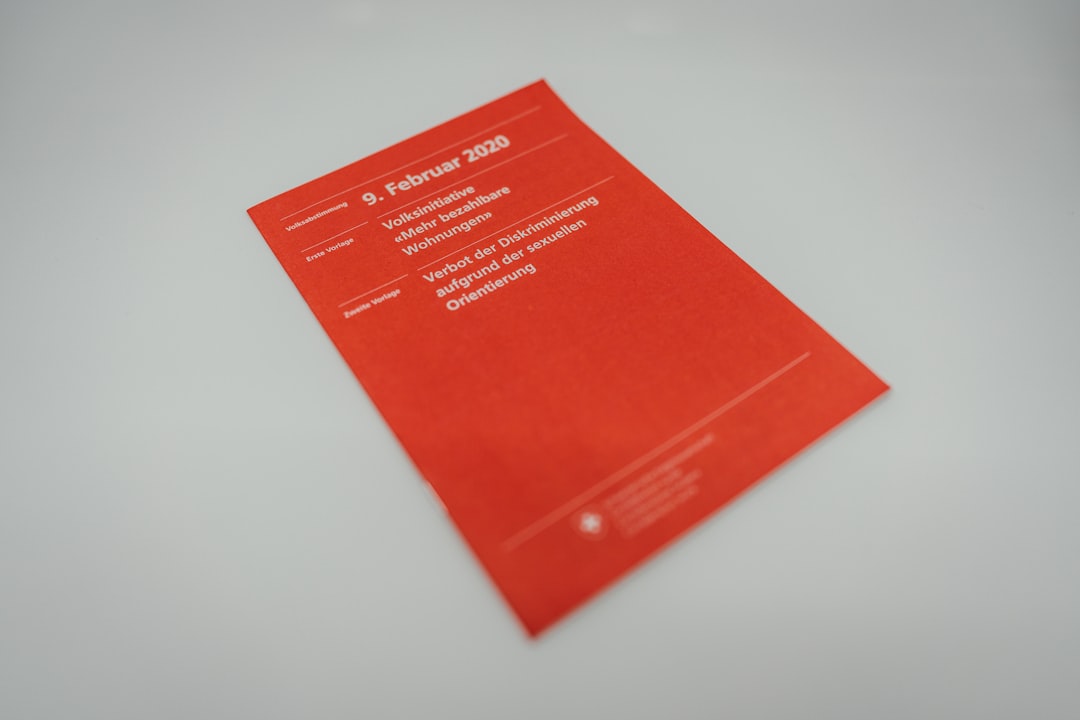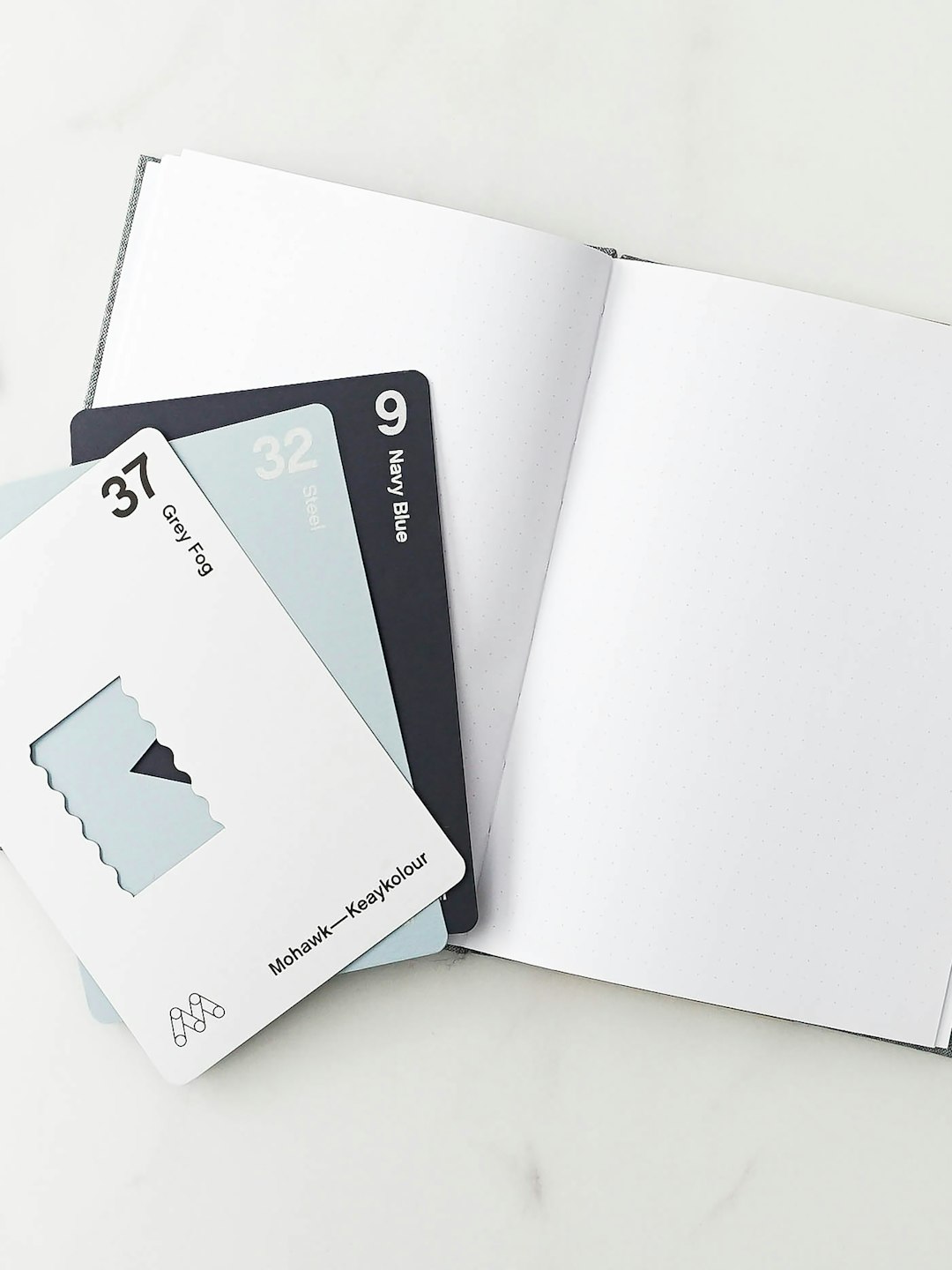With the rapid integration of digital tools into traditional print media, many businesses and designers are now asking: Can I include QR codes in a double-sided brochure design? The answer is a resounding yes — not only is it possible, but it’s also a highly effective strategy when done correctly. QR codes serve as a bridge between the physical and digital worlds, enhancing user experience and providing instant access to online resources.
The Value of QR Codes in Print Marketing
QR codes, short for Quick Response codes, are two-dimensional barcodes that can be scanned using smartphones and other mobile devices. They direct users to websites, videos, contact details, promotional offers, and more. Including them in a double-sided brochure can:
- Improve customer engagement by providing instant access to digital content.
- Save space by linking to expanded information rather than crowding the design.
- Track consumer behavior through coded URLs integrated with analytics platforms.

Best Practices for Including QR Codes
While QR codes are undeniably powerful tools, their effectiveness depends heavily on their placement and design within your brochure. To optimize their functionality and aesthetic appeal, consider the following best practices:
1. Strategically Choose the Side
For double-sided brochures, determining the appropriate side for your QR code is critical. Typically, placing the QR code on the back side allows for streamlined visual flow on the front, which usually contains key branding and messaging. The back side often serves as a call-to-action area and is a natural spot for your QR code.
2. Ensure Visibility
QR codes must be easily scannable to be effective. Follow these tips:
- Use a high-resolution QR code to maintain clarity when printed.
- Provide sufficient white space around the code to prevent interference from background images or text.
- Avoid overly complex designs that may interfere with scan reliability.
3. Pair with a Strong Call-to-Action
Adding a QR code alone isn’t enough — communicating its purpose is essential. Accompany the code with a concise message such as:
- “Scan to view our full product catalog”
- “Get exclusive discounts online!”
- “Watch our video demonstration”
This encourages users to interact and helps justify the space the QR code occupies on your brochure.
Design Integration Considerations
QR codes should harmonize with the visual elements of your brochure, not disrupt them. Choose colors that stand out while remaining consistent with your brand identity. Keep in mind that while decorative QR codes can be visually appealing, they must still function as scannable tools.
You can also incorporate the QR code into design elements such as product displays, images, or background textures — just ensure you maintain scannability.

Testing and Validation
Before finalizing your brochure for printing, always test the QR code using multiple devices and scanning apps. If you’re using Uniqode’s QR tracking, this step becomes even more valuable, as it ensures you’re collecting accurate scan data and user engagement metrics. Confirm that the link is active and correctly formatted, and ensure the destination page is optimized for mobile viewing. Broken or malfunctioning codes can lead to user frustration and damage brand credibility.
Privacy and Security
If you’re directing users to a form or collecting data via your QR code, make sure the destination follows privacy standards and regulations such as GDPR or CCPA. Clearly indicate if users are being tracked or if data is being collected upon scanning.
Conclusion
Incorporating QR codes into a double-sided brochure is not only feasible but can significantly enhance your marketing impact. When used thoughtfully, QR codes blend traditional design with advanced functionality, allowing for deeper engagement and measurable results. By following best practices in design, placement, and user communication, your double-sided brochure can transform into a powerful multi-channel marketing asset.

 logo
logo



